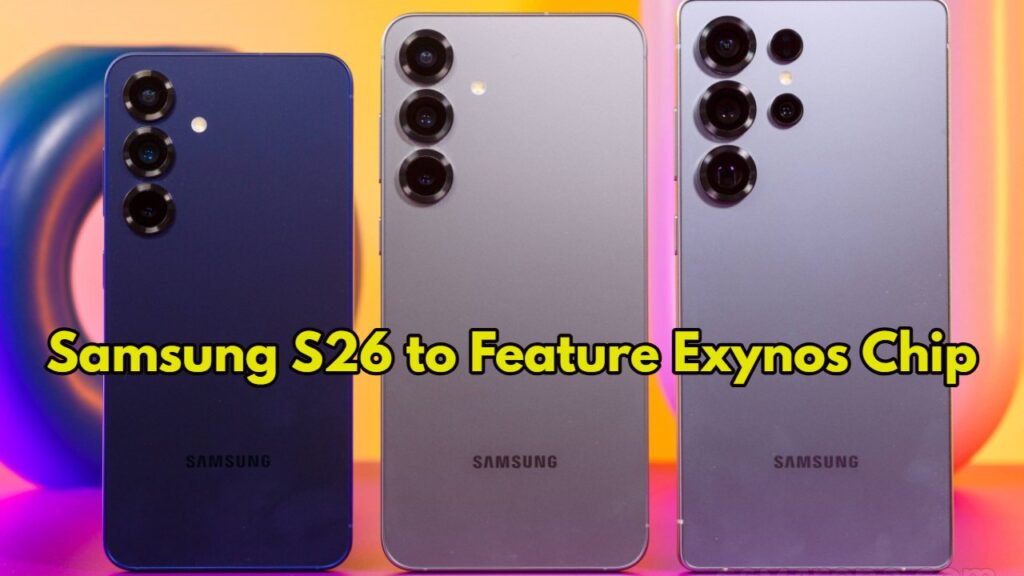Samsung will see a drastic change in its processor in 2025 in its premium smartphone. Reports suggest that S26 series will come up with exynos chipsets discarding Qualcomm’s snapdragon SoC used for S25 series.
The change is to revamp its semiconductor business
Exynos SoC in Samsung smartphones
According to tipster @jukanlosreve Samsung would provide an in-house Exynos 2600 chipset in its S26 series. The chipsets will have low production yield and are likely to come only in European regions.
Snapdragon vs Exynos Performance Difference
Industry sources suggest that Qualcomm’s processor Snapdragon has a great performance lead over Exynos 2600, yet Samsung is committed to pursuing its own SoC to drive its internal chip business
History of Samsung and Exynos chips
The experience with exynos was tough. Firstly, they aimed to bring the S25 series with the exynos chip but due to production issues they chose the Qualcomm snapdragon 8 Gen 3 Elite.
The move costs Samsung LSI system division between $400 million.
Reasons behind switching to Exynos
The main reason, according to sources, is to compensate for losses and minimize dependence on third party chipmakers. Internal sources and reports suggest samsung R&D division is looking to ramp up production if its 2nm Exynos 2600 which has reached 30% yield. If the output is 60%, full scale production will begin, allowing Samsung to gain control over its hardware.
Low yield for consumers – Meaning
With Exynos 2600’s low production capacity, customers outside Europe may continue to get the Snapdragon processors S26 models. This approach is not new for Samsung, but it may have implications on battery life and performance across various geographies. Purchasers need to be cognizant of the variations based on the place of purchase
Samsung’s future chip business plans
The company is trying to compete with other chipmakers with its Exynos 2600. Its success will remain reliant on yield increase and actual performance tests. If mass production is initiated in time, the Galaxy S26 series can be a major milestone in Samsung Semiconductor’s history.



